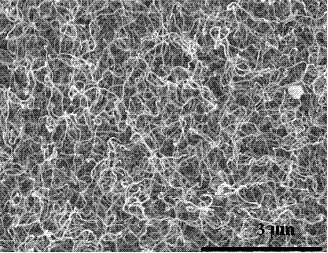163f Developing Novel Microporous Carbons from Sugars – Morphology and Microstructure
Novel carbon materials, such as nano-tubes, fullerenes and uni-dimensional structures, and their applications to gas storage and as photo-voltaic devices have received significant attention in recent years. Different morphologies of carbons with varying degrees of crystallinity and microstructure can be obtained depending on the precursor solution used and the synthesis techniques employed. Carbons derived from sugars and carbohydrates as precursors have recently been of much interest. Hydrolysis of simple sugars and their derivatives followed by pyrolysis yields particles with spherical morphologies and graphitized nano-porous surfaces. Cyclodextrins, or cycloamylases, are cyclic oligosaccharides derived from the hydrolysis of amylase fractions of starch. They constitute a family of cyclic molecules with varying number of D-glucopyranonsyl residues, the abundant being α-, β- and γ- types containing six, seven and eight of these residues, respectively. The unique toroidal shape and distribution of hydrophilic and hydrophobic groups in these molecules make them attractive as host molecules for inclusion compounds as well as interesting precursors for carbon materials. While simple sugars have been studied extensively, to our knowledge, carbons derived from cyclodextrins have not yet been reported.We report the synthesis of nano-porous carbon microfibers that are on average 1 µm long and 20 nm wide. These novel carbons have surface areas of 400 – 500 m2/g and average pore size of 2-3 nm. While there is evidence of self-assembly of cyclic oligosaccharides at elevated temperatures, it has also been demonstrated that pyrolysis for extended time scales leads to formation of graphitic structures. These results provide an opportunity to better understand the self-assembly of cycloamylases and establish these materials as potential candidates for applications in gas storage as well as anodic materials for electrochemical reactions.
